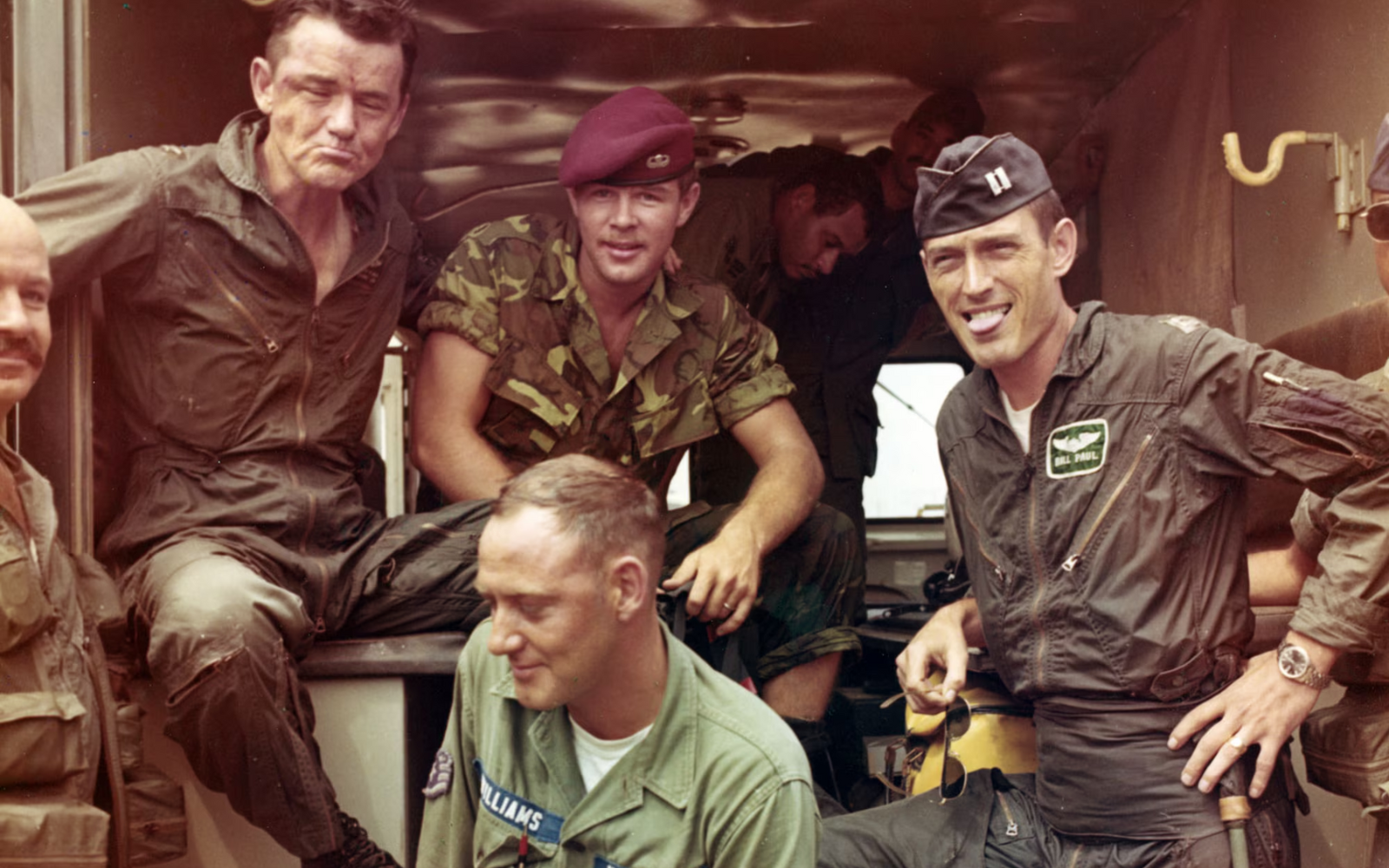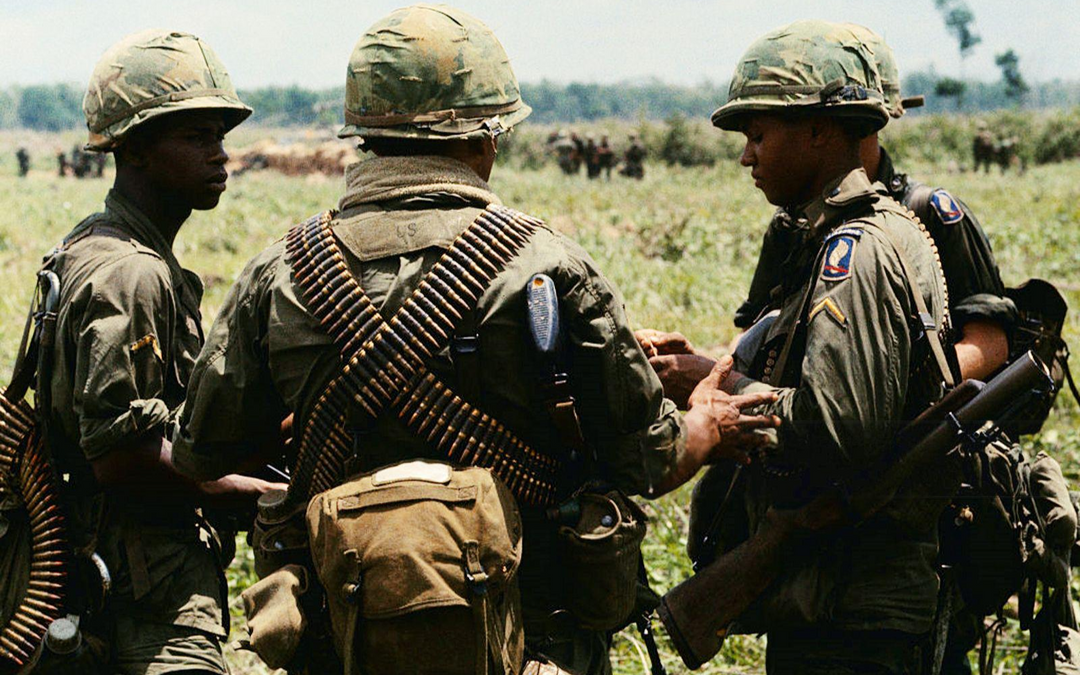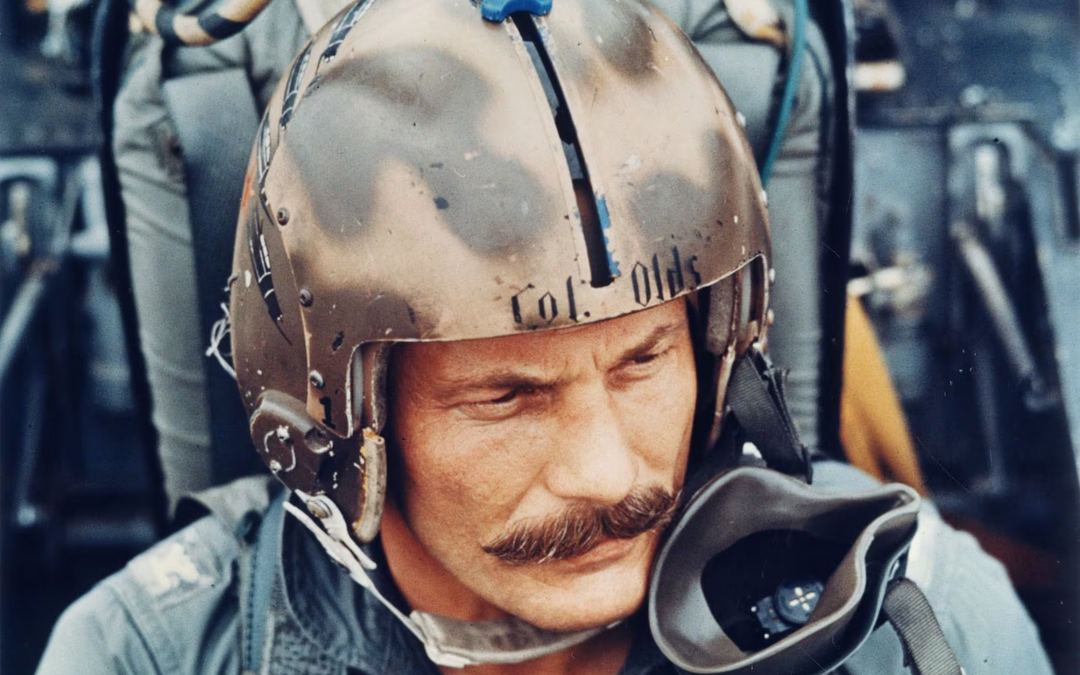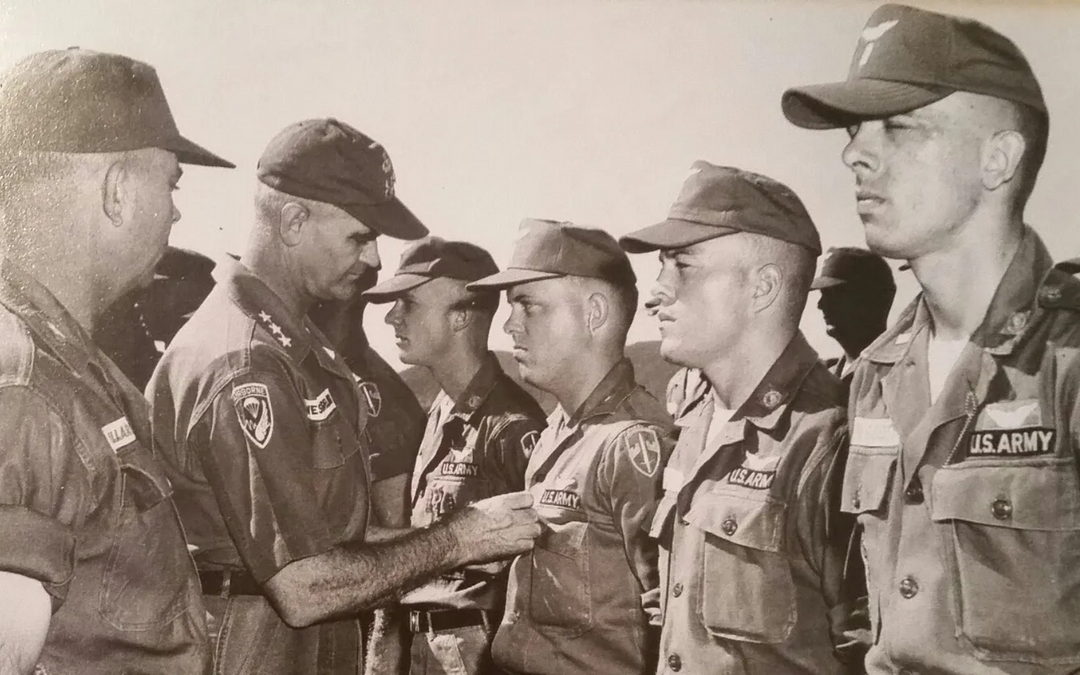The Legend of the “Jolly Green Feet”

One of the most enduring symbols of the Pararescue community is a pair of giant green footprints. Affectionately known as the “Jolly Green Feet,” this logo traces its origin to the Vietnam War and carries rich meaning for PJs past and present.
A rescue squadron pilot gets his feet painted green after his final flight, a modern nod to the “Jolly Green Feet” tradition. In Vietnam, the giant HH-3E “Jolly Green Giant” rescue helicopters inspired this iconic symbol of the search-and-rescue community.
Sikorsky HH-3E Jolly Green Giant Da Nang, Republic of South Vietnam, 1968. (U.S. Air Force)
Origin
The green footprints came about during the Vietnam War thanks to the large Sikorsky rescue helicopters that PJs flew on. The HH-3E and HH-53 helicopters were painted in dark olive drab and were nicknamed the “Jolly Green Giant” due to their enormous size. When these helos landed in the tall grass and rice paddies to pick up downed airmen, they left behind big circular imprints as if a giant had stepped there.
Rescue airmen with a sense of humor noted the resemblance to giant green footprints. The idea for a symbol caught on when Chief Master Sgt. Wayne Fisk (a legendary PJ from the time) wanted a unifying emblem that everyone in the rescue community would recognize. Thus, the “Green Feet” logo was born, usually depicted as a pair of cartoonishly large, green-colored footprints.

Wayne Fisk
Meaning and Traditions
The green feet quickly became a beloved inside joke and badge of honor among rescue personnel. During Vietnam, it was common that when a pilot or crewman was rescued, the PJs would celebratorily stamp an ink image of green footprints on the survivor’s backside, literally marking that PJs had “saved their ass.” This lighthearted ritual gave the relieved rescuees a story to tell and spread the lore of the green feet. Over time, the emblem also became a proud mark for PJs themselves.
One storied tradition that emerged is that Pararescuemen get a green feet tattoo on their buttocks after finishing certain milestones (such as completing the pipeline or their first combat rescue). Keeping the tattoo on the posterior is a way to keep it discreet, a nod to the PJs’ humble nature (they know it’s there, but they don’t show it off). As PJ officers of the 56th Rescue Squadron explained, “most of the people have it in that location just to kind of keep it hidden… We’re not looking for fame. It’s just to rescue the person.”. In other words, the green feet might be a fun symbol, but they represent something serious: the willingness to put oneself on the line to save others.
Continued Legacy
To this day, the Jolly Green feet logo is cherished by the Air Force rescue community. Walk into a PJs’ squadron or a rescue helicopter squadron, and you’ll likely see green footprints stickers on doors, walls, or even on the aircraft. In fact, PJs have a running game of “tagging” green feet stickers on all kinds of equipment, even on allied forces’ helicopters during combined deployments, just for friendly bragging rights. One PJ recounted a good-natured prank war where British crews tagged an American helicopter with their symbol, so the PJs responded by tagging every British helicopter on the flight line with green feet one night.
The symbol itself has variations used by different units. For example, the Air Force’s 56th Rescue Squadron uses a version where one foot has five toes and the other has six, a hidden reference to their unit number 56. Other rescue squadrons have their own slight twists, but the core image, those big green footprints, is universal. Ask any Air Force pilot or aircrew, and many will immediately recognize that “Green feet mean rescue”. It signifies the presence of PJs or combat rescue forces. It means hope when all else seems lost. “It means honor, tradition, realistically, it means rescue, bringing people home,” said Tech. Sgt. Mathew Macella about the symbol’s importance. Generations of Airmen have even passed down a special toast: “Here’s to us and those like us, damn few left. And as for the rest, green feet.” Whether on a tattoo, a sticker, a patch, or painted on a ceiling tile after a pilot’s final flight, the Jolly Green Giant’s footprints continue to remind the rescue community of their proud heritage and singular purpose: “That Others May Live.”








I was stationed at Scott AFB during the 70’s when the water tower was repainted from the red and white checkerboard to a solid cream color. Within a month a pair of green footprints were added!
Leave a comment